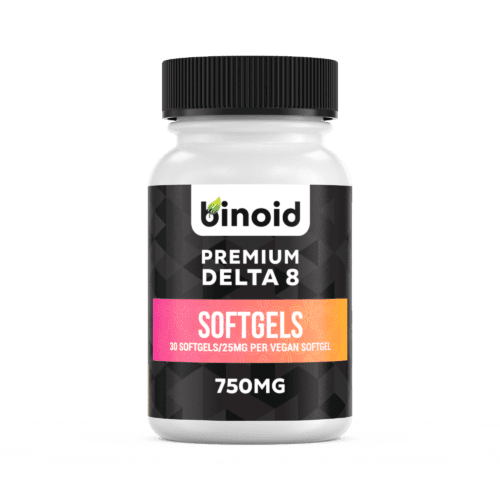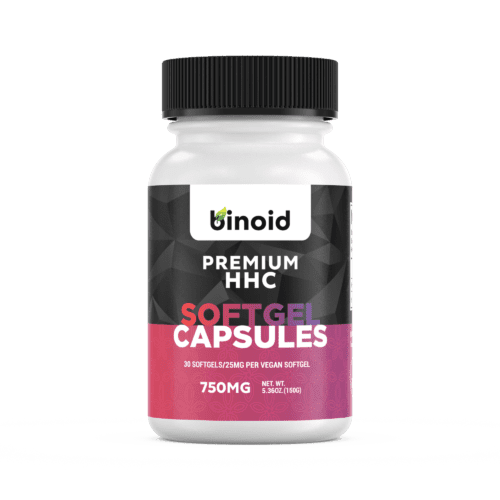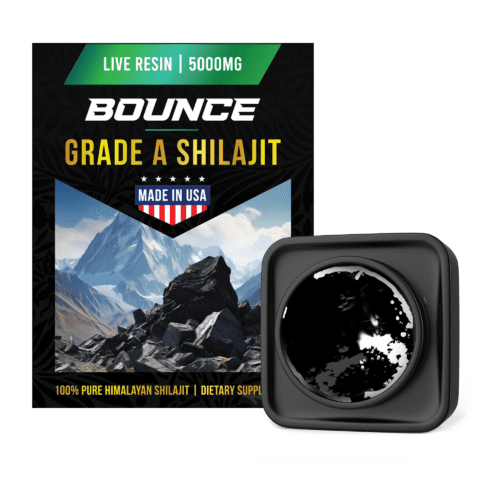
The History of Shilajit’s History
Shilajit resin is new to many of us, and in the era of natural wellness, it’s no surprise that this ultra mineral-dense substance is taking off, fast. A sticky, dark resin, shilajit is sourced from high-altitude mountainous regions – mainly the Himalayan mountains – and has been used for thousands of years in various medicinal practices developed by ancient cultures around the world.
Now that shilajit has made its way over to the Western market, we want to offer a background on its history, so you know more about how it’s been used for millennia to achieve all kinds of health-related benefits.
TO BUY SHILAJIT PRODUCTS CLICK HERE
The Origins of Shilajit
While the majority of westerners have never heard of shilajit until very, very recently, in other areas of the world, it’s practically a household name. Shilajit has been used medicinally for ages on other continents, and in terms of its medicinal applications, the history of shilajit goes back 5000 years, at least. The substance originates from the high altitudes of mountain ranges in India, Central Asia, China, Iran, and a handful of other countries in the middle east. Today, it’s believed that the highest-quality shilajit comes from the Himalayan mountains, and because of that, you will find that most shilajit on the market is sourced from this part of the world.
There are many historical records that date back thousands of years, which show people using shilajit for therapeutic purposes. And, there are various accounts in regards to how humans first discovered shilajit. After all, its usage predates writing traditions. Based on stories handed down from generation to generation, it was the hunters and food-gatherers who unearthed it initially, and records demonstrate how humans observed wounded and sick animals licking on a black substance trapped between rock crevices, realizing that animals seemed to heal faster after consuming it.
This discovery led to the harvesting of shilajit by humans, who wasted no time to see if they could replicate the rapid healing that they saw in animals eating the substance. From there, shilajit’s popularity as a healing substance spread throughout the regions from where it was harvested.
-
Product on sale
 Delta 8 THC Capsules 750MG$31.99
Delta 8 THC Capsules 750MG$31.99$69.99
Early Recorded History of Shilajit
We first find references to shilajit’s therapeutic properties in ancient Hindu and Vedic texts, including the Sushrut Samhita and Charaka Shamhita, both of which act as the foundations for ayurvedic medicine that’s still practiced today in India and Nepal. These texts contain recipes for shilajit, again, mainly for medicinal purposes, with full explanations of the benefits that it can offer. Archaeologists have even uncovered texts stating shilajit was a gift from Shiva (Hindu God), for healing purposes.
In Buddhist texts, shilajit is regarded as a mysterious medicine that can heal, gifted from above to help humans enduring the Dharma-Ending age. Meanwhile, in Tibetan medicine, shilajit is seen as a panacea for all ailments, period.
The Himalayan region is referred to as “sacred mountain” as it’s believed to possess spiritual powers, while the air is particularly pure and clean. Locally, shilajit is regarded as a miracle as much as a treasure of this sacred mountain range, and it’s no coincidence that many spiritual practitioners gravitate toward this area for sabbatical, partaking in shilajit’s benefits while there.
It reads in the Charaka Samhita: “There is no curable disease in the universe which is not effectively cured by Shilajit when administered at the appropriate time, in combination with suitable drugs and by adopting the prescribed method. When administered to a healthy person, with similar conditions it produces immense energy.”
-
Product on sale
 Delta 9 THC Gummies – Black Raspberry$31.99
Delta 9 THC Gummies – Black Raspberry$31.99$49.99
Expansion Into Europe
While shilajit was being utilized by ayurvedic, Tibetan, and other cultures, a similar substance was being discovered simultaneously in the Altai and Caucasus mountains, with a chemical composition that’s only slightly different from shilajit. Known as mumijo, moomiyo, mumiyo, or mumie, this substance is used interchangeably with shilajit. Ancient texts from Turkey, Russia, Persia, Egypt, and other countries laud this substance for its healing properties, just like the texts that precede ayurveda.
As shilajit’s usage spread like wildfire because of its powerful benefits, it took little time for the substance to find itself in Western Europe, as these countries began trading with the East. Shilajit became a substance reserved for the wealthy, with only the elite being able to afford it. Aristotle himself was a user of shilajit, remarking on its health benefits, as seen in texts dating back 2500 years. Shakespeare even referenced shilajit in multiple works, including Othello and Macbeth.
-
Product on sale
 HHC Capsules 750MG$30.99
HHC Capsules 750MG$30.99$74.99
In 1870, British explorer Sir Martin Edward Stanley encountered the substance while observing monkeys eating shilajit, and even noticed that their bodies were in phenomenally good health for their old age. This led to a massive wave in its popularity across Europe, and also motivated scientists to study it using more modern technology. This means that we actually have a surprising amount of recorded data on its benefits dating back well over a century.
Modern Times
Shilajit was largely unknown in the United States until recently, and we have to believe that its rapid popularity has coincided with a growing general movement toward natural remedies for addressing daily ailments. Recently, shilajit resin has gained immense popularity as a natural supplement, with the boom of “superfoods” taking over our society. While scientific research on Shilajit is still limited, preliminary studies suggest that it may have antioxidant, anti-inflammatory, and immune-boosting properties. To test it out for yourself, you can buy Shilajit Live Resin products at Bounce Nutrition.


